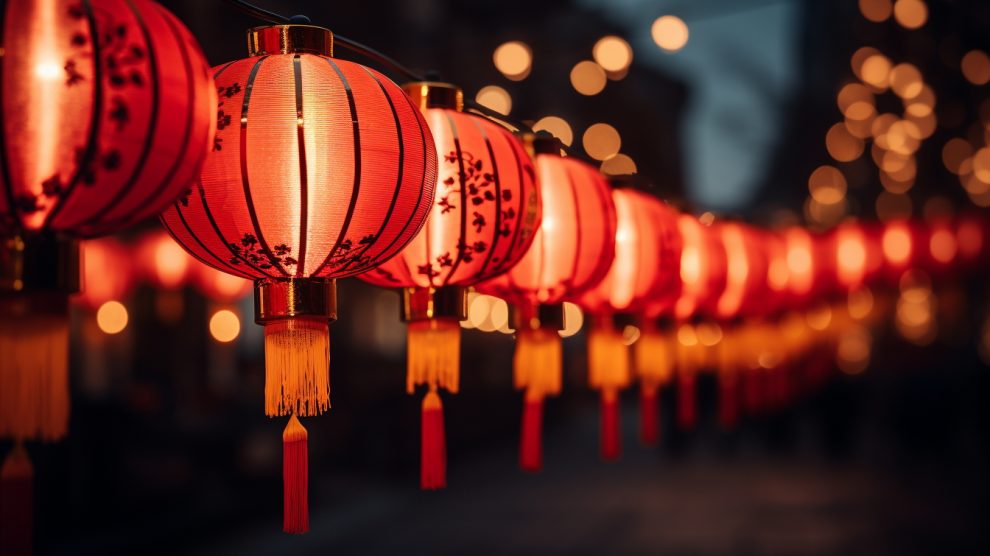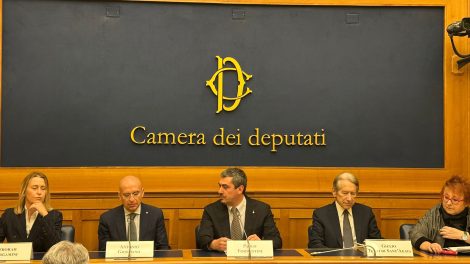Decoding the news: If one of the world’s biggest economies stops being a genuine destination for high‑value exports and becomes only an export machine, global trade turns into a zero‑sum game.
- Chinese growth no longer lifts other economies — it pushes them out of markets.
- Italian government sources confirm that this scenario is already the subject of analysis and simulations.
Harding’s take: In China, Harding asks economists and business leaders what the country expects to buy from the rest of the world in the future. No one offers a convincing answer beyond commodities and consumer goods.
- China still imports semiconductors, machinery and software, but behaves like a medical resident: it learns, imitates, and replaces. The goal is to produce everything domestically — and export it.
- A deep sense of insecurity sits underneath: U.S. export controls are seen as tools of containment. China’s response is to eliminate every external dependency.
- The outcome is a structurally imbalanced trading system: Beijing wants to sell, not buy. For economies like Germany, South Korea, Japan, and Italy, that means shrinking export opportunities.
The emerging scenario: If China stops importing high-value goods, advanced economies will lose a critical market for growth, jobs, and innovation.
- Globalisation shifts: Chinese growth no longer expands global demand—it drains market share elsewhere. An upgrade in China’s GDP forecast becomes a downgrade for others.
- Harding sees only two paths for Europe: reform to stay competitive or raise barriers. Reforms are slow and politically costly; protectionism is risky but increasingly likely.
Zooming out: de‑risking and new value geographies. Harding’s argument fits into a larger trend: the EU’s de-risking push vis-à-vis China. It’s not just political caution — it’s a redesign of entire value chains, from semiconductors to batteries.
- “Resilient” supply chains are not just a slogan; they imply shifting investment, production capacity, and technological standards toward more trusted partners.
- This is where platforms like IMEC make a difference: go deeper with last Italian move.
- Three layers drive this shift:
- the transatlantic axis (U.S.–EU),
- like‑minded Asian partners (Japan, South Korea, Taiwan),
- and major emerging players with global ambitions (India, Gulf economies, select African nations).
Yes, but: China remains central. Even under de‑risking, China remains the world’s largest manufacturing hub and a rising tech power. Complete “decoupling” is unrealistic.
- Transitioning to new supply chains will be a long, expensive, and politically sensitive process: moving production means relocating jobs and securing political consensus.
- Meanwhile, a China less dependent on imports can adopt a more assertive posture across Asia, with fewer fears of coordinated economic retaliation.
- In a backcasting exercise, Chatham House even modelled a scenario in which Beijing dominates the Indo‑Pacific by 2035: go deeper.
What to watch next:
- Priorities in China’s next Five‑Year Plan: so far, manufacturing and technology consistently outrank domestic consumption.
- How the EU translates de-risking into policy: investment screening, public procurement rules, and incentives for critical sectors.
- The role of hubs such as India and Gulf countries in Europe’s diversification strategy — especially for energy, critical minerals and green technologies.
The bottom line: If China continues to pursue export-driven growth while minimising and selectively importing, advanced economies will have to rewrite the implicit contract of globalisation.
- Competing will no longer be enough; they must redesign where, with whom, and under what rules value is created, accepting that industrial policy is returning to the centre of Western strategy.





